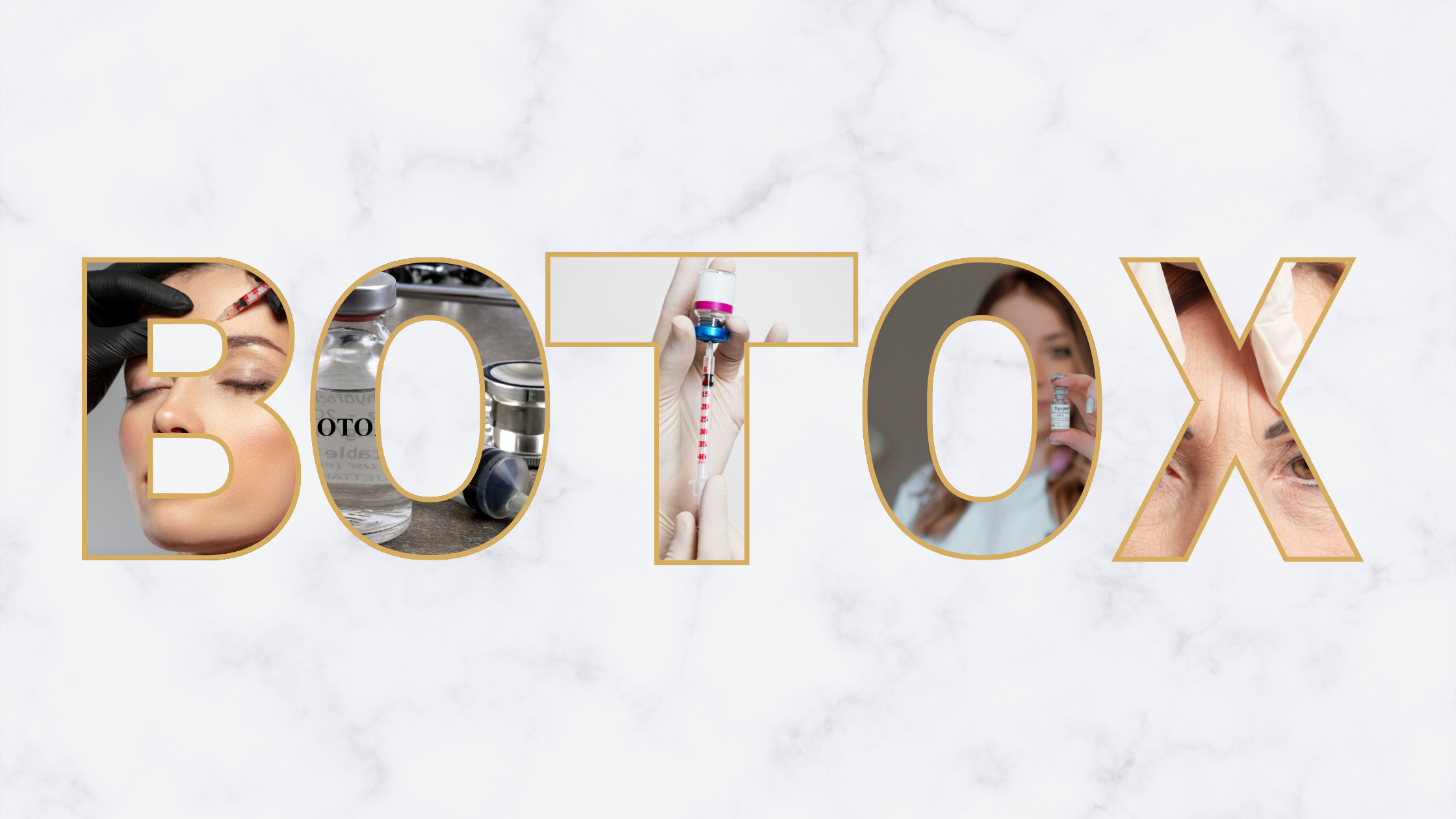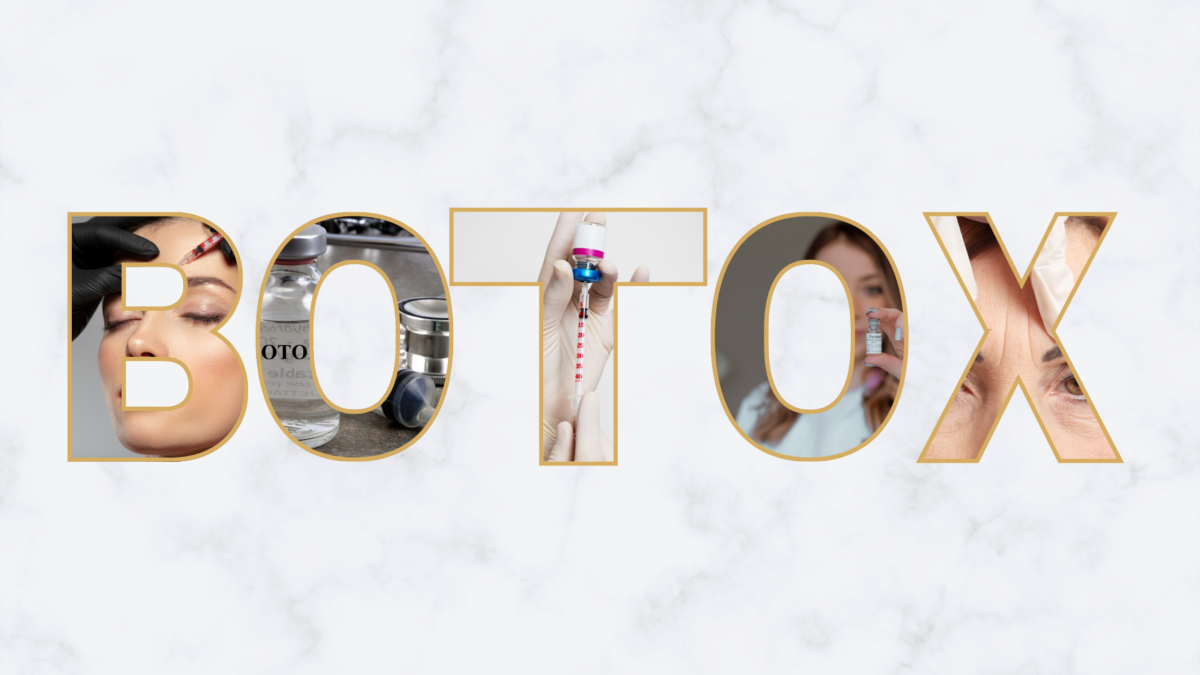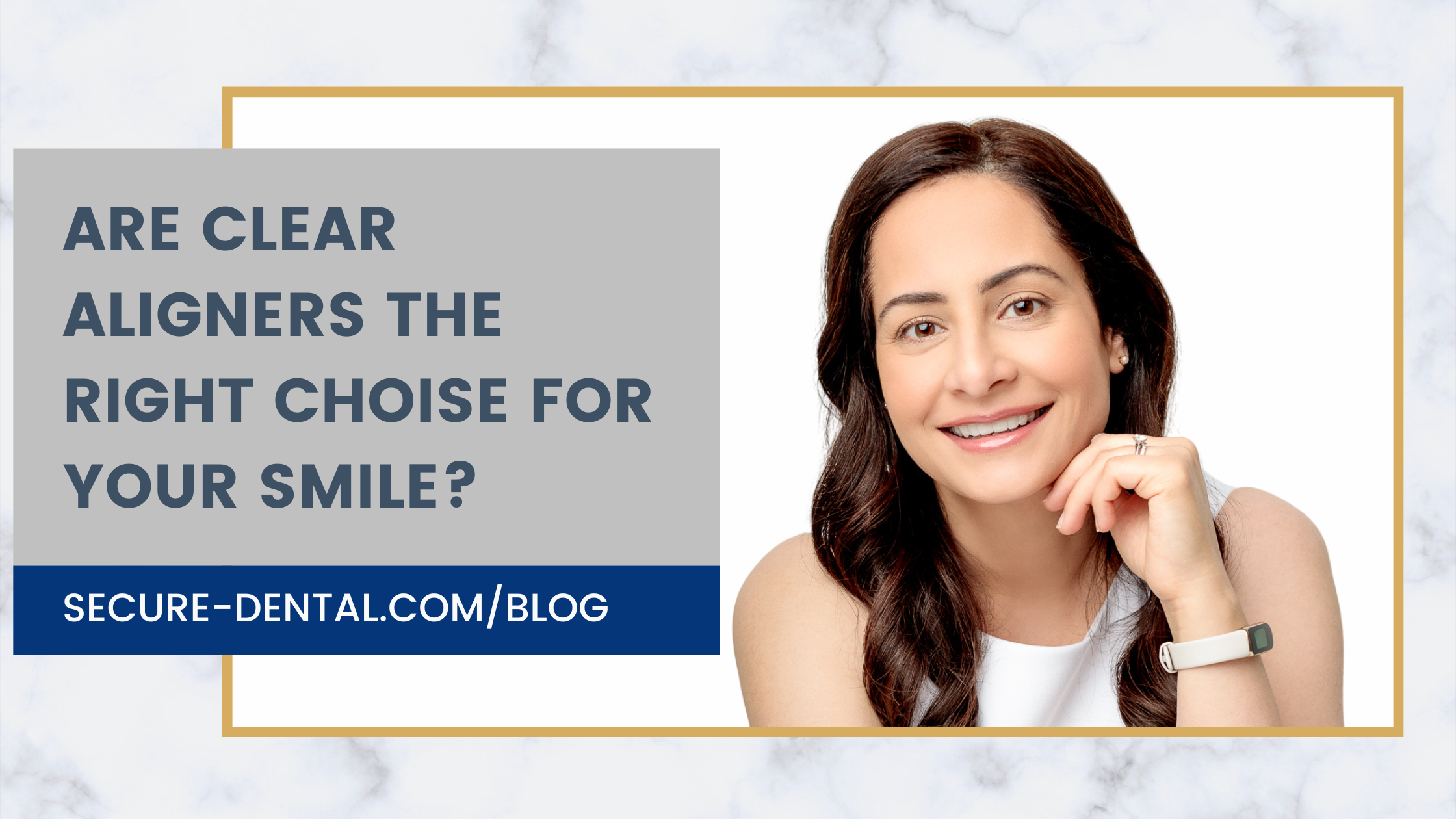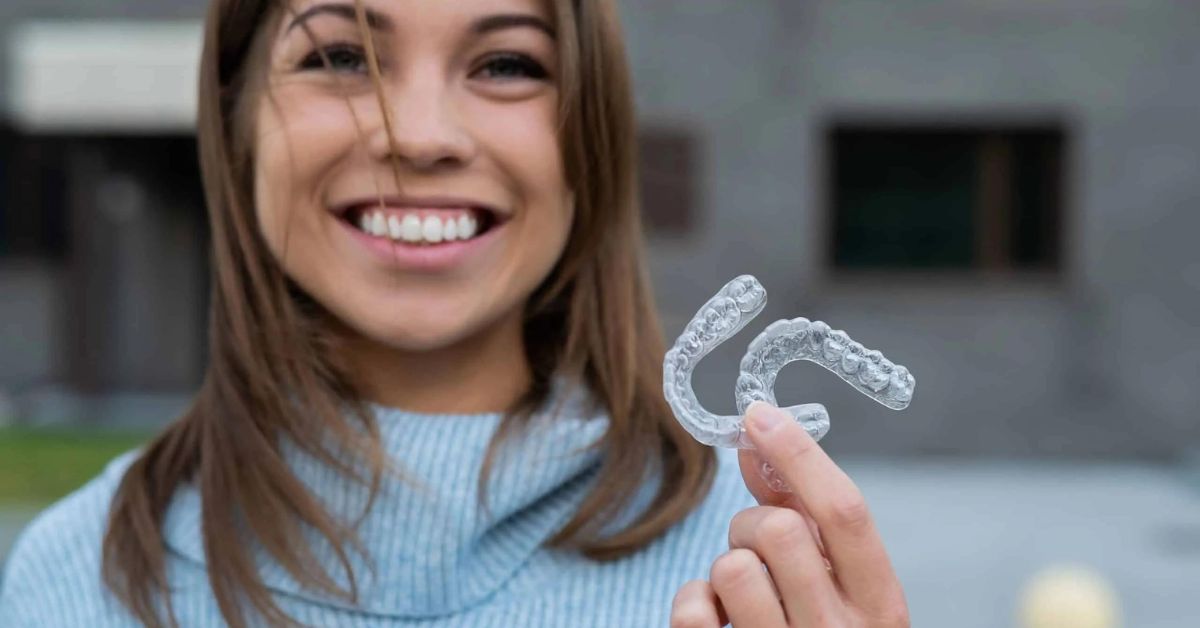How Botox Helps with TMJ and Grinding Issues

Jaw pain, tension headaches, and teeth grinding can significantly affect your daily life. These issues often stem from problems with the temporomandibular joint (TMJ), which connects your jaw to your skull. If you’ve been struggling with TMJ pain or grinding, you may be surprised to learn that Botox—a treatment often associated with cosmetic enhancements—offers an effective solution. This article explores how Botox helps with TMJ disorders and grinding issues while providing additional therapeutic and cosmetic benefits.
What Is TMJ Disorder?
The temporomandibular joint (TMJ) acts as a hinge, allowing your jaw to move up, down, and side-to-side for talking, chewing, and yawning. TMJ disorders can develop when this joint becomes overworked, inflamed, or misaligned.
Common Causes of TMJ Dysfunction:
- Teeth Grinding (Bruxism): Involuntary clenching and grinding, especially at night, places stress on the joint.
- Stress and Tension: Emotional strain can lead to clenching or tightening of jaw muscles.
- Jaw Misalignment: Structural issues can interfere with smooth joint movement.
- Arthritis: Degenerative changes in the joint can cause stiffness and discomfort.
Symptoms of TMJ Disorders:
- Jaw pain or tenderness.
- Clicking or popping sounds when opening the mouth.
- Headaches, earaches, or neck pain.
- Difficulty chewing or limited jaw mobility.
How Botox Works
Botox, a purified protein derived from Clostridium botulinum, temporarily blocks nerve signals to specific muscles, causing them to relax. While it’s widely known for smoothing wrinkles, Botox’s ability to calm overactive muscles makes it an effective treatment for TMJ and bruxism.
Why Botox Is Effective for TMJ Disorders
- Relieves Muscle Tension: Botox targets overactive muscles around the jaw, alleviating tension.
- Prevents Grinding and Clenching: By relaxing the muscles, it reduces involuntary movements that cause wear on teeth.
- Eases Pain: Less muscle activity means reduced inflammation and discomfort.
The Botox Treatment Process
If you’re considering Botox for TMJ or grinding, understanding the process can ease any concerns.
Step 1: Consultation
- Meet with a qualified dentist or medical professional.
- Discuss your symptoms and undergo a physical examination.
- Identify whether muscle tension is contributing to your TMJ issues or grinding.
Step 2: The Procedure
- Botox injections are quick, often taking 10–30 minutes.
- The professional will inject small amounts of Botox into specific jaw muscles.
- Most patients report minimal discomfort, similar to a pinprick.
Step 3: Post-Treatment Care
- Resume normal activities immediately; there’s no downtime.
- Avoid strenuous activities or lying flat for a few hours post-treatment.
- Expect results within a week, lasting 3–6 months.
Additional Benefits of Botox for TMJ and Grinding
Therapeutic Benefits
- Better Sleep: Reduced grinding leads to more restful nights.
- Headache Relief: Botox minimizes tension headaches caused by jaw muscle overuse.
- Jaw Relaxation: Improved muscle relaxation enhances overall comfort.
Cosmetic Benefits
- Slimmer Jawline: Botox reduces the appearance of a bulky jaw caused by enlarged muscles.
- Fewer Wrinkles: Injections smooth out wrinkles in the treated area.
- Balanced Facial Appearance: A relaxed jawline creates a more symmetrical look.
Risks and Considerations
Botox is generally safe when administered by an experienced professional, but it’s essential to weigh potential risks.
Possible Side Effects
- Temporary bruising or swelling at the injection site.
- Mild soreness or difficulty chewing (rare).
Who Should Avoid Botox?
- Pregnant or breastfeeding individuals.
- People with allergies to Botox ingredients.
- Those with certain medical conditions affecting muscle function.
Choosing a Qualified Provider
- Select a licensed professional with experience in therapeutic and cosmetic Botox applications.
- Ensure they understand the anatomy of the jaw and face to avoid complications.
Alternatives to Botox for TMJ and Grinding
While Botox is effective, it’s not the only solution for TMJ disorders or bruxism.
1. Mouthguards and Splints
- Protect teeth from grinding damage.
- Custom-fitted devices reduce pressure on the TMJ.
2. Physical Therapy
- Strengthening exercises improve joint mobility.
- Stretching reduces muscle tension and pain.
3. Stress Management
- Techniques like meditation, yoga, or therapy can lower stress levels.
- Less stress often means reduced clenching and grinding.
4. Surgical Options
- Reserved for severe TMJ cases.
- Procedures may involve reshaping or repairing the joint.
Who Is a Good Candidate for Botox?
Botox may be right for you if you experience the following:
Signs You Could Benefit from Botox
- Chronic jaw pain or tightness.
- Persistent grinding despite using other treatments.
- Frequent headaches linked to muscle tension.
Health and Age Considerations
- Botox is generally safe for healthy adults.
- A consultation will determine if it’s appropriate for your situation.
FAQs About Botox for TMJ and Grinding
1. How Long Do Results Last?
- Botox effects typically last 3–6 months. Regular treatments may extend benefits.
2. How Many Sessions Are Needed?
- Most patients see improvement after one session, but follow-ups are often recommended.
3. Does It Hurt?
- The injections cause minimal discomfort, similar to a small pinch.
4. Is Botox Covered by Insurance?
- Therapeutic Botox may be covered if deemed medically necessary; cosmetic treatments are usually out-of-pocket.
Botox offers a dual-purpose solution for those suffering from TMJ disorders and grinding. It not only relieves pain and tension but also provides cosmetic benefits like a slimmer, more symmetrical jawline. While there are risks and alternatives to consider, Botox remains a popular and effective treatment option.
If you’re ready to explore Botox as a solution for TMJ or grinding, consult a qualified provider who can assess your needs and guide you toward relief. A healthy jaw and confident smile are within reach!









